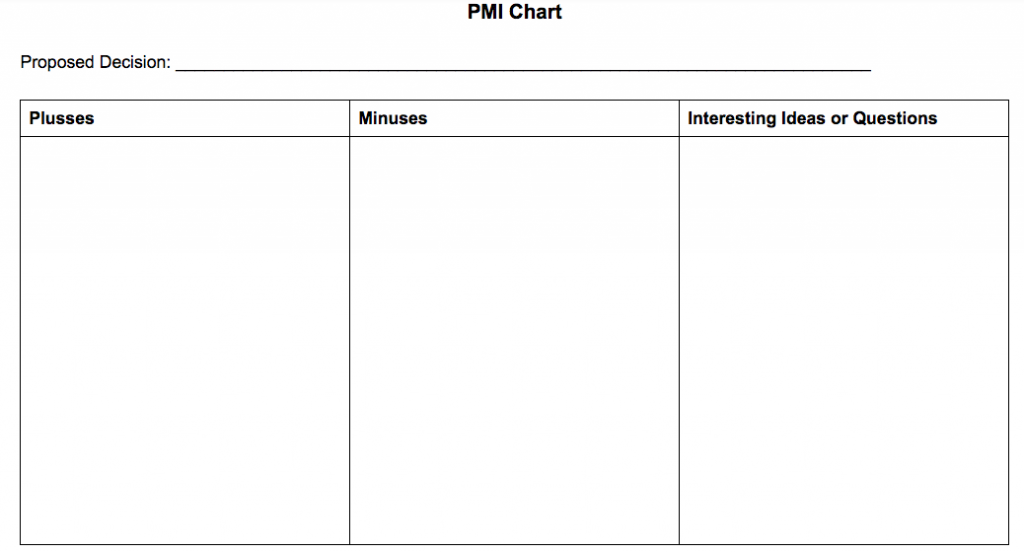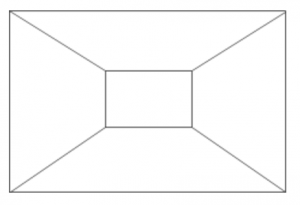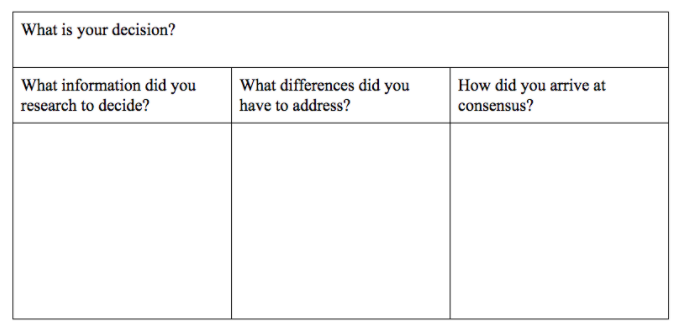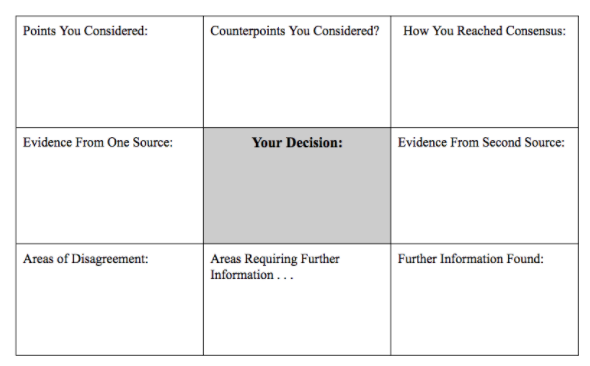In the Learner-Active, Technology-Infused Classroom, students have many opportunities to make decisions that affect groups, including when to meet, the roles different group members will take, which solution is best for a problem, how to present the solution, and so forth. It’s a perfect opportunity to teach young people how to build consensus rather than relying on the easier, but more dangerous, majority-rule voting.
The problem with majority-rule voting is best summarized in a quote generally attributed to Ben Franklin, “two wolves and a lamb voting on what to have for lunch.” In classrooms, and society, the losing side is often angry and subsequently focuses time on how to get others to take sides.
The alternative is to work toward consensus and ensuring that all group members can, in the least, “live with” the decision. The ability to reach consensus will help children during their school years and well beyond throughout their lives. You can use a variety of classroom tools to teach consensus. Here are a few of my favorites:
- “Love it, hate it, live with it” — As students make
 group decisions, rather than voting, they state one by one if they love the decision, hate it, or can live with it. If even one person hates it, the discussion continues to find a decision for which everyone can say they love it or can live with it.
group decisions, rather than voting, they state one by one if they love the decision, hate it, or can live with it. If even one person hates it, the discussion continues to find a decision for which everyone can say they love it or can live with it.
- DeBono’s PMI (Plus, Minus, Interesting ideas or questions) – As students ponder a decision, they stop and take 3–6 minutes to independently jot down two aspects they like about it, two they don’t like about it, and two questions or ideas related to it. They then discuss their entries for each of the three columns. Often, the final decision lies in the third column.

- Placemat Activity — Students sit around the “placemat” and enter their decision and supporting ideas in an outer area of the paper. They then discuss and, when they arrive at consensus, they put the decision in the middle of the paper. All students then initial it to confirm that they agree with the decision.

- De Bono’s Six Hats — This is a great tool for looking at a decision from a variety of angles. When a group is stuck, they individually jot down ideas for all six hats.

- Graphic organizers can help students work through where they agree and disagree, helping them build toward a group decision. Here are a couple from my upcoming book, Building Executive Function: The Missing Link to Student Achievement.


The time spent helping students learn consensus-building will pay off through a more productive classroom climate and have lasting effects for society at large. Change the world!
